Kruger National Park is one of the world’s most celebrated national parks, and it attracts well over one million visitors each year. Located in the northeast corner of South Africa, Kruger National Park is home to a mind-blowing collection of wildlife, including some of the most iconic species on the planet.
We’ll discuss some of the park’s most notable inhabitants below and provide some insight into their natural behaviors. Additionally, we’ll share a few tips that should help you spot as many creatures as possible during your visit to the park.
The Big Five: Africa’s Most Iconic Mammals
Kruger National Park gives visitors the chance to see every member of Africa’s “Big Five.”
Kruger National Park hosts more large mammals than any other African park, making it a great destination for wildlife lovers. But above all else, you’ll want to do everything you can to see the “big five,” which includes the lion, elephant, cape buffalo, leopard and rhinoceros.

Elephants and buffalo are both very numerous within the park’s borders, so sightings are very common. Lions are also numerous, and because they live in groups called prides, they’re generally easy for tour guides to track down. Rhinos are in decline all over Africa, but Kruger is actually home to two different species. This includes both white and black rhinoceroses. This will give you a pretty decent chance of spotting one or the other.
Kruger National Park is home to a healthy population of leopards, but because of their secretive habits, they’ll undoubtedly be one of the most difficult to observe.
African Wild Dogs: Pack-Hunting Predators of the Park
Kruger National Park gives visitors the opportunity to see these rare and captivating mammals.
African wild dogs are remarkable animals, but they’re some of the rarest predators in all of Africa. In fact, scientists suspect that only 400 or so wild dogs live in all of South Africa.
African wild dogs are very skilled hunters. They typically rely on their pack-oriented hunting techniques to bring down large prey. In fact, these 50-pound dogs typically hunt in packs of four or five. They hunt during the day and primarily target medium-sized antelope species.
The Reptiles of Kruger National Park
Kruger is home to an array of different reptile species, including some of the world’s largest.
Several interesting reptile species live within Kruger National Park, including dozens of snakes and lizards, several tortoise species, and one crocodile species. Most of the reptiles that call the park home are harmless to humans, but a few deserve considerable respect.
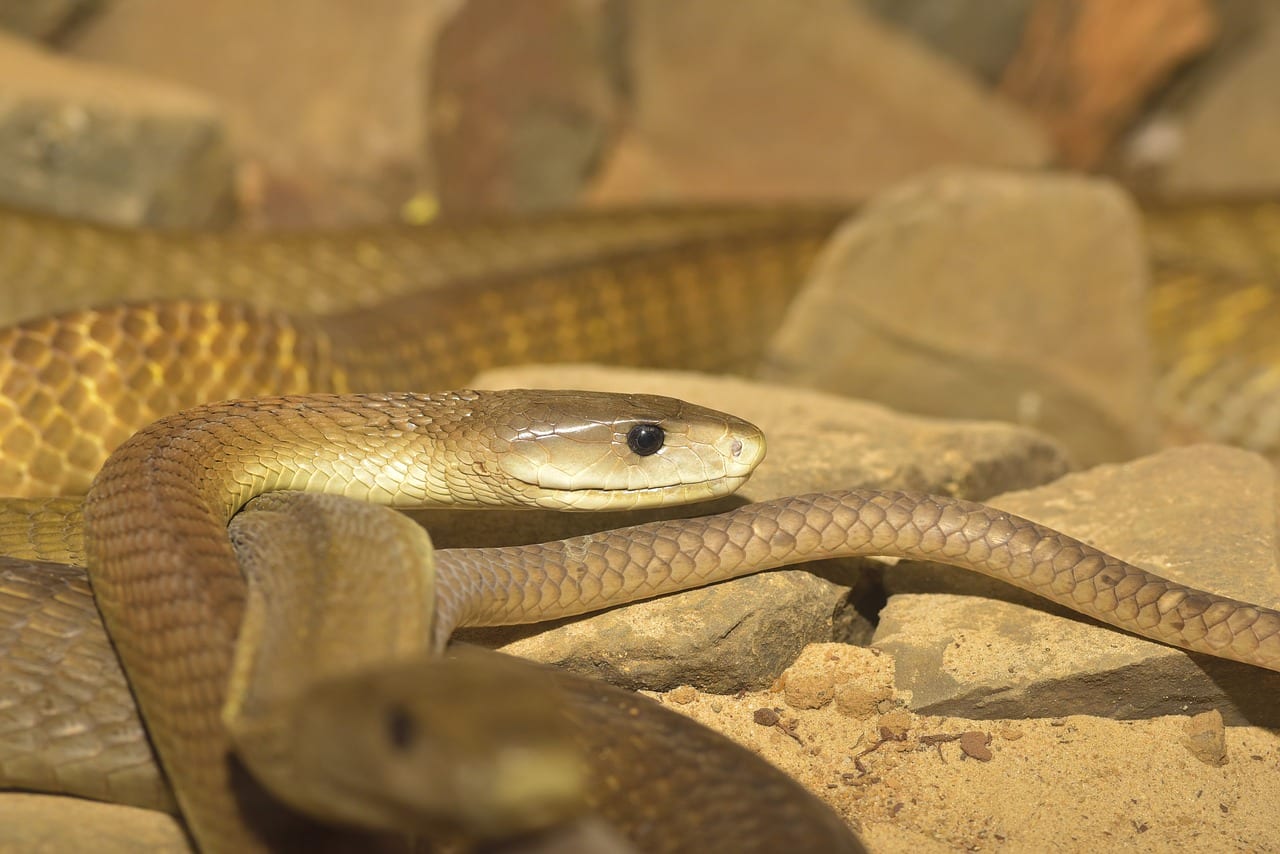
The infamous black mamba, for example, is common in Kruger National Park. One of the most dangerous serpents in the world, the black mamba is named for the jet-black lining of the mouth. This dark mouth interior only becomes visible during threat displays. African rock pythons also live within the park. These large pythons occasionally exceed 15 feet in length and wait for passing prey while hiding in the tall grass.
But the largest and most notable reptile that lives in Kruger National Park is the Nile crocodile. Growing up to 20 feet in length, these gigantic reptiles are capable of subduing nearly any animal that strays too close to the water.
Kruger’s Avian Ambassadors
Kruger National Park is home to more than 500 different bird species.
Kruger is perhaps most famous for its large mammals, but its bird population is also quite impressive. Many of the birds that live in Kruger remain in the area all year long, but some only inhabit the park for a portion of the year.
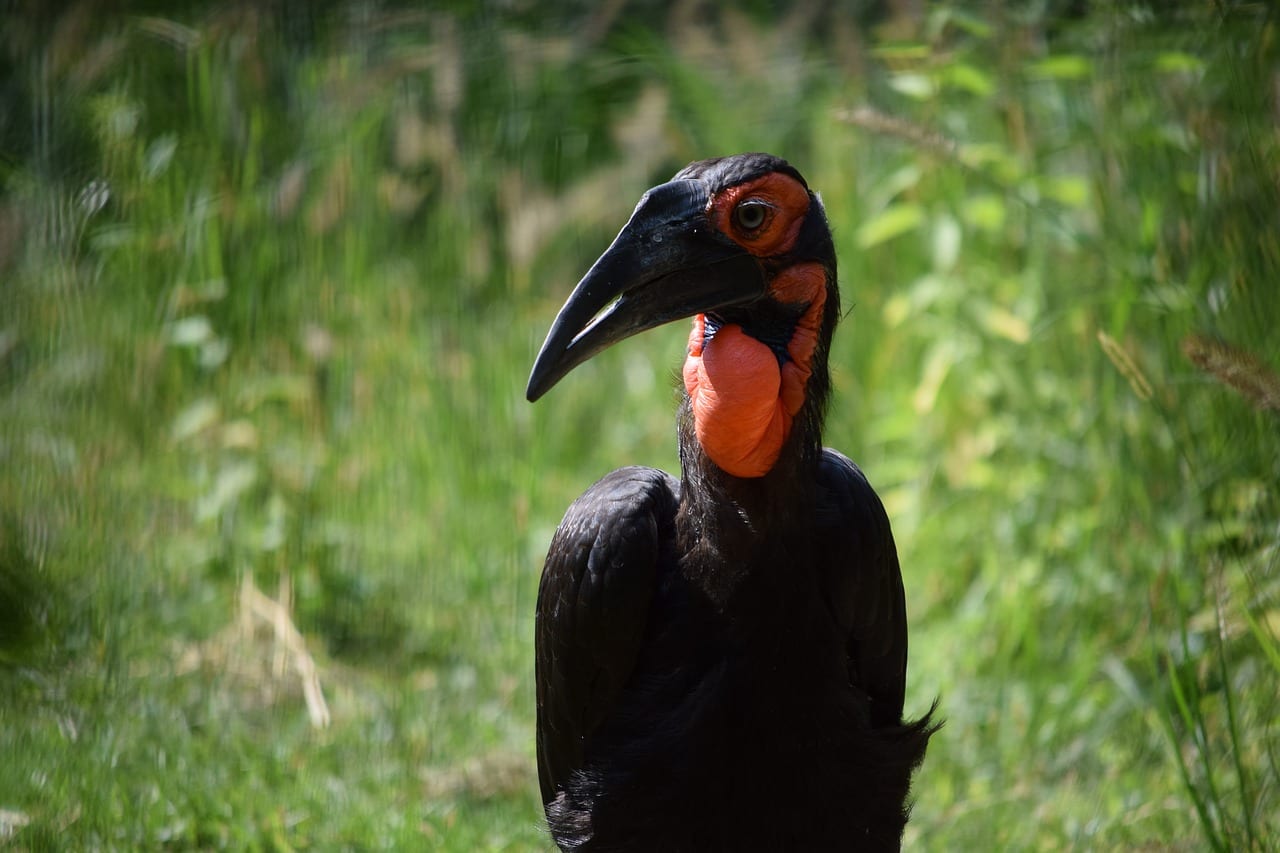
A few of the most notable species that live in Kruger include the Kori bustard and the saddle-billed stork. The former is an opportunistic bird that forages for a variety of different foods, while the latter is an aquatic hunter, which feeds on fish, frogs and crustaceans.
One of the most spectacular species that lives in Kruger is the southern ground hornbill. These large birds often measure more than 4 feet in length. They have beautiful black feathers that contrast with the bright red skin of their neck and face. Hornbills are ground-hunting birds, who primarily feed on reptiles, insects and small birds, but they occasionally take prey as large as rabbits.
Wildlife Viewing Tips: Making the Most of Your Visit
Employ the tips listed below to maximize your wildlife-viewing opportunities.
You don’t want to travel all the way to Kruger National Park unless you are going to have a good chance of seeing the magnificent creatures that call this land home. But if you embrace a few key tips, you’ll likely see a lot of animals and enjoy the trip of a lifetime.
- Join a highly rated safari or tour. While some parks are fun to explore on your own, without the help of a guide, Kruger is not that type of park. You’ll not only need to stay with a tour guide to have a good chance of seeing wildlife, but it is also important to do so for safety’s sake.
- Check out the surrounding habitat for small animals. During your tours, there will often be times when you can exit the vehicle to observe zebra or other large animals for several minutes. Be sure to glance around at the surrounding bushes and trees after you’ve enjoyed the zebra. You may spot a chameleon, bird or small mammal that you’d normally miss.
- Be sure to enjoy early morning or late afternoon wildlife-watching opportunities. Many of the animals that live in Kruger National Park are most active in the dim light around dawn and dusk, so make sure that you take advantage of any tours that occur during these times.
- Make sure you bring a good pair of binoculars. Many of the animals you’ll have the opportunity to see at Kruger will remain quite far from your group. But if you bring a good pair of binoculars, you’ll have the chance to see these animals in exquisite detail.
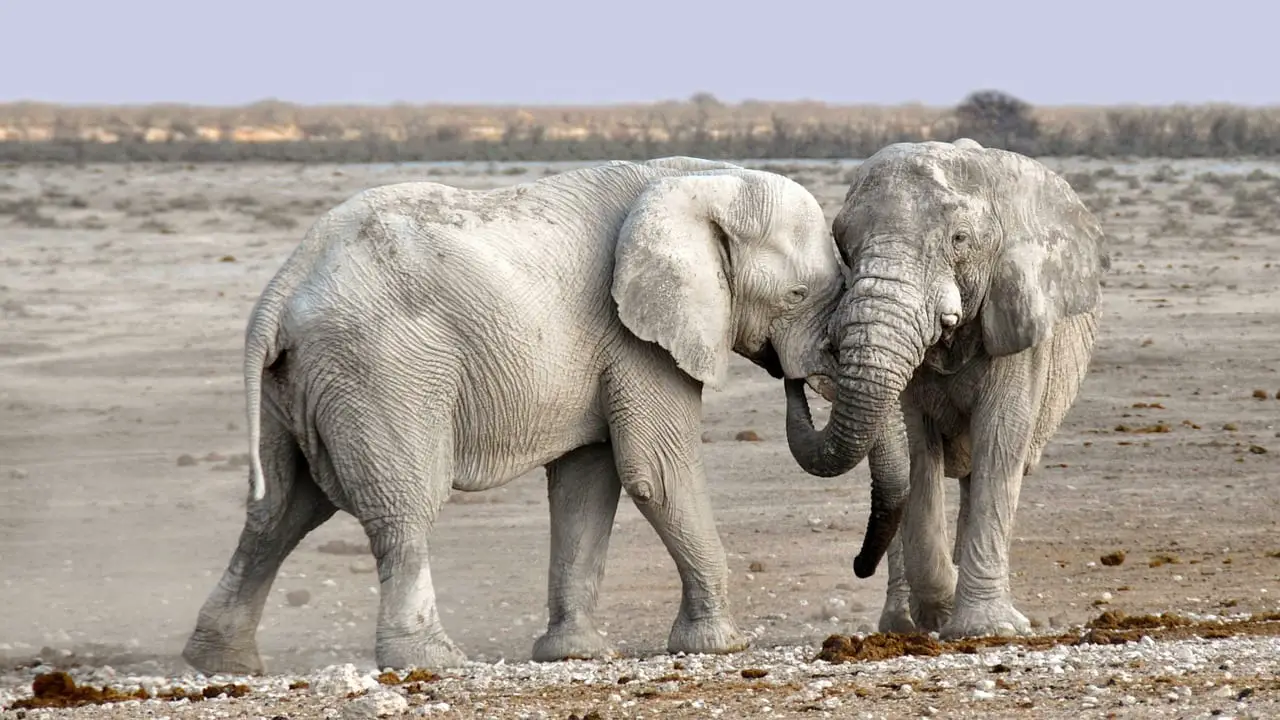
Tell Us About Your Experiences!
Because it’s located in South Africa, Kruger National Park certainly isn’t easy to reach. But, thanks to the incredible collection of wildlife that call the park home, it is definitely a park that all wildlife lovers should try to visit at some point. Just be sure to plan your trip carefully and employ the wildlife-viewing tips provided above. This should help ensure your visit is one to remember.
Have you ever been to Kruger National Park? We’d love to hear all about it. Tell us about your visit and any wild animals you managed to see in the comments below.

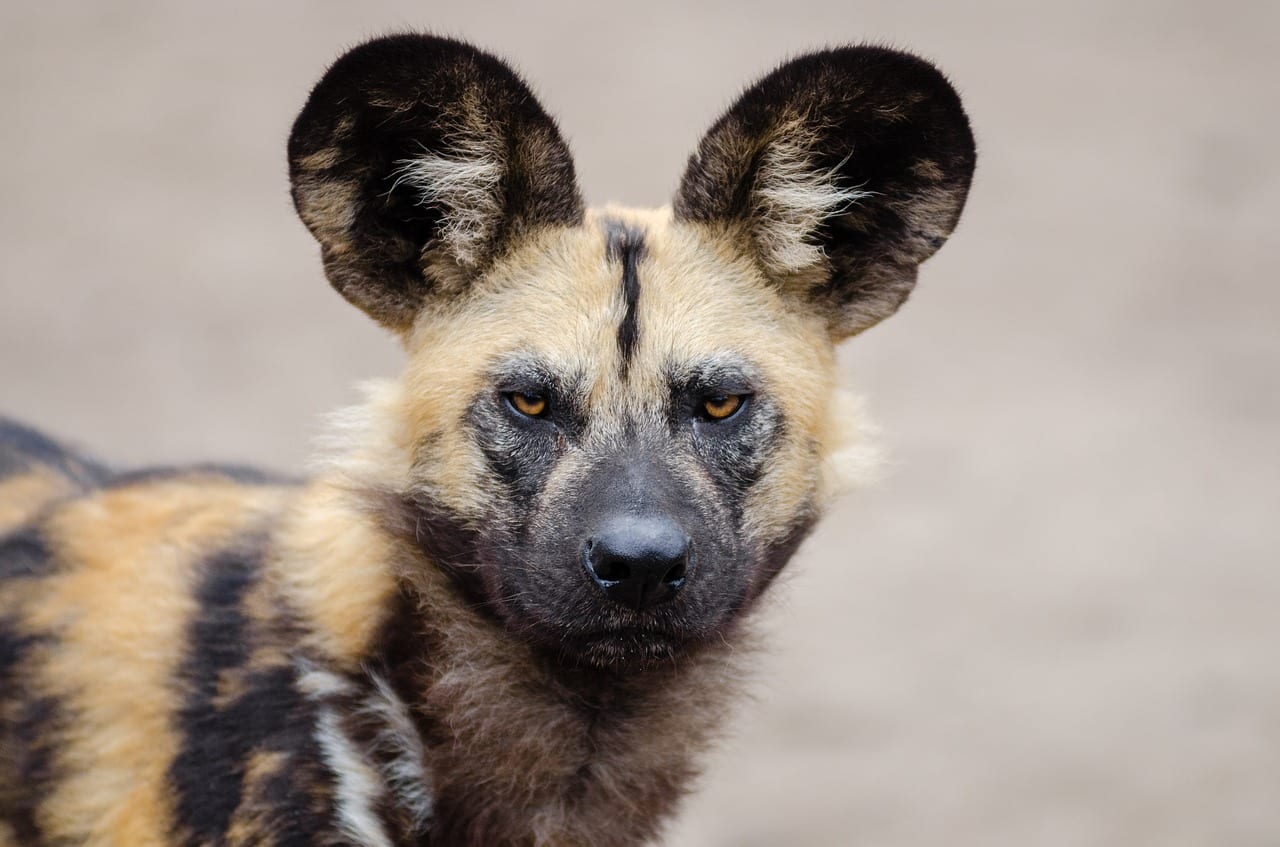

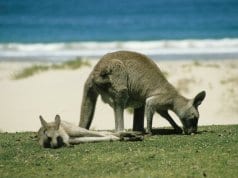











![Red Angus Closeup of a beautiful Red Angus cowPhoto by: U.S. Department of Agriculture [pubic domain]https://creativecommons.org/licenses/by/2.0/](https://animals.net/wp-content/uploads/2020/03/Red-Angus-4-100x75.jpg)

